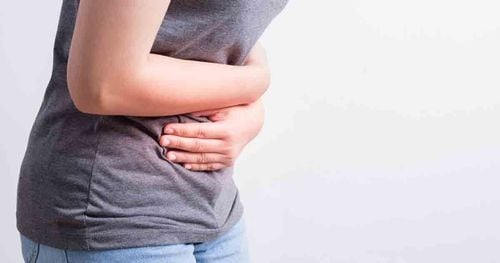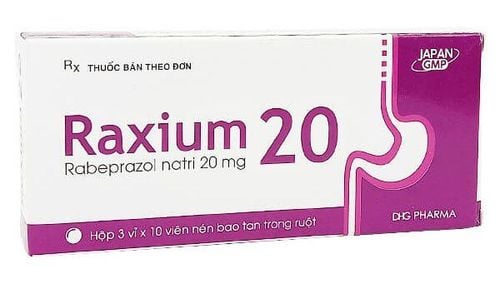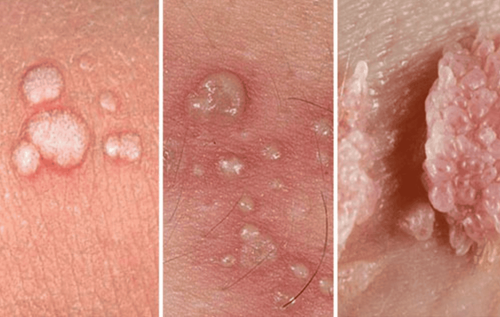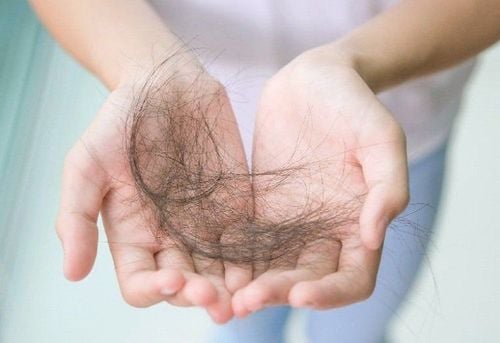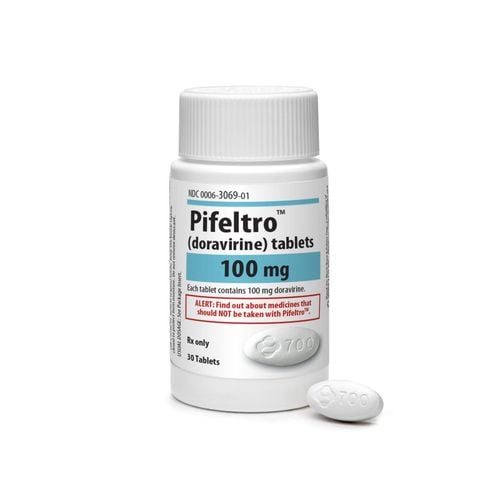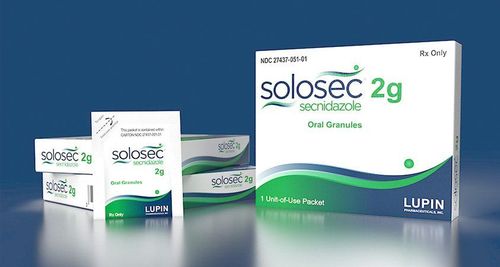This is an automatically translated article.
The article was professionally consulted by Senior Doctor, Dr. Vu Van Tam - Infectious Internal Medicine Doctor - Department of Medical Examination and Internal Medicine - Vinmec Ha Long International HospitalHookworm disease is one of the major causes of chronic anemia. To prevent dangerous complications of the disease to health, let's learn about the causes of this disease, as well as the symptoms to recognize and how to prevent it.
1. What is hookworm disease?
This disease is actually caused by two causes: hookworm (Ancylostoma duodenale) and beakworm (Necator americanus) - both belong to the family Ancylostomidae parasitic in humans. However, these two types of worms are almost similar in terms of biology, epidemiology, diagnosis - treatment, and prevention methods, so the disease caused by them is collectively called hookworm (or beakworm).
When parasitic in the duodenum, hookworms suck about 0.2 - 0.34 ml of blood/day, causing duodenal inflammation and secreting anticoagulants, inhibitors of red blood cell production, causing chronic blood loss.
2. Symptoms of hookworm disease?
When infected with hookworm, the patient has no specific symptoms, only epigastric pain (depending on the degree of worm infection) and symptoms of anemia such as blue skin, pale mucous membranes. The patient's pain symptoms are also non-specific, pain at any time, more painful when hungry, poor appetite, bloating and indigestion. In addition, when hookworm/beakworm larvae penetrate the skin, it will cause local dermatitis with itching, red spots lasting 1-2 days (beakworm infection is more common than hookworm).
To determine if they have the disease or not, patients need to visit medical facilities and do a stool test for worm eggs.
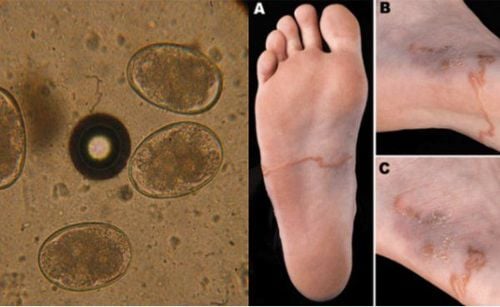
Bệnh giun móc
3. Causes and prevention of hookworm disease?
In the feces of infected people, there are worm eggs, in the soil environment, the worm eggs develop into larvae.
Hookworm disease is transmitted by worm larvae, by two routes: through the skin - mucous membranes and through the oral route. Hookworm larvae can directly enter the human body through the skin, mucous membranes, or enter the human body when eating food or drinking water contaminated with larvae. The disease is not spread directly from person to person.
To prevent hookworm disease, the Department of Preventive Medicine - Ministry of Health recommends:
Propaganda, popularize, raise awareness, enhance personal hygiene, environmental hygiene, protect the environment from infection feces. Create good personal hygiene habits: wash your hands before preparing food, before eating, eating cooked, drinking boiling water. Do not use fresh manure to fertilize fields and gardens. Wear protective gear when production workers have contact with the soil. In mining areas, conduct annual physical examination and test at least once a year. Prophylaxis for high-risk subjects: periodic deworming twice a year, the time between 2 times is 4-6 months apart. As soon as you have symptoms of hookworm infection, see your doctor for the most timely and accurate treatment advice.
Please dial HOTLINE for more information or register for an appointment HERE. Download MyVinmec app to make appointments faster and to manage your bookings easily.
Reference source: Department of Preventive Medicine, Ministry of Health



